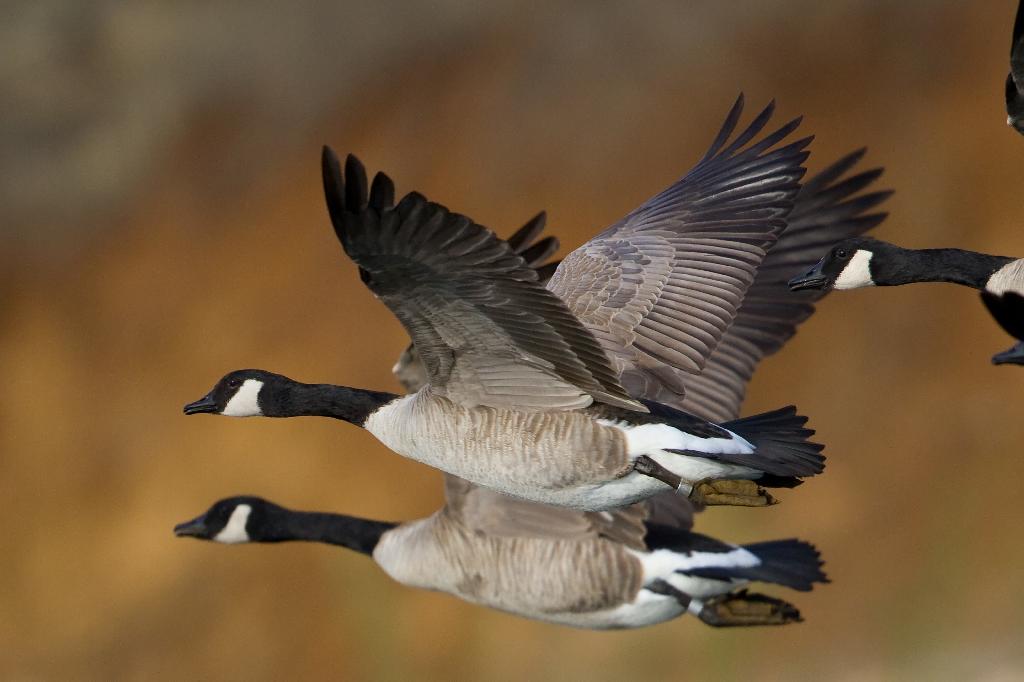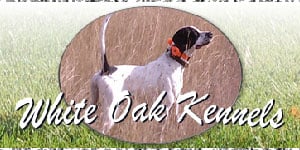Canadian Goose - Geese Hunting - Wetland Hunting
View Recipes | Gamebird Services | Gamebird Hunts | View Photos

Description
The Canadian goose is a large wild bird with a black head and neck, brown body, white cheeks, and a white chin strap. These birds range from 75 to 110 cm in length and have a wingspan of 127 to 185 cm. Males are larger weighing between 2.6 and 6.5 kg while females are smaller with a weight range of 2.4 to 5.5 kg.
Habitat
The Canadian geese live in habitats near grain fields, grassy fields and water sources like lakes, ponds, bays, and marshes. The nesting habitats include salt marshes, lakes in wooded areas, tundra and fresh marshes. You can find Canada geese in open fields especially during the winter season because they can digest grass and the fields offer an unobstructed view from predators. Nowadays, you can find Canadian geese in golf courses, city parks, airports, and expansive lawns.
Diet
These game birds feed on plant material like sedges, eelgrass, cabbage leaves and grass especially in summer and spring seasons. However, during fall and winter, Canadian geese rely on seeds, berries and agricultural grains like the blueberries. On occasion, these birds eat crustaceans, mollusks, insects and small fish. The Canadian goose forages by grazing as it walks on land. At times, they feed by submerging their heads and neck in water.
Nesting
The males defend their territory by lowering their head close to the ground with their bills raised slightly and open. They also tend to produce a hissing sound while pumping their head up and down as they stand.
The nesting site is chosen by the female. The site is usually on elevated ground to provide good visibility and protection from predators. Some of the ideal nesting sites include cliff hedges, trees, muskrat houses and other artificial platforms e.g. old tires. Females build the nest (near a water source/in wetlands) in a slight depression using weeds, grass, moss, feathers and a bowl of sticks.
Eggs
The average number of eggs ranges from 4 to 7 although sometimes female geese can lay 2 to 11 creamy-white eggs. Incubation is done by the females as the male guard her and the nest for 25 – 28 days. Goslings spend most of their time sleeping and feeding after hatching but they leave the nest when they are 1 or 2 days old to fend for themselves although both parents offer protection and lead them to water and food sources. The time taken by the young to make the first flight varies although most goslings take 7 -9 weeks.


















